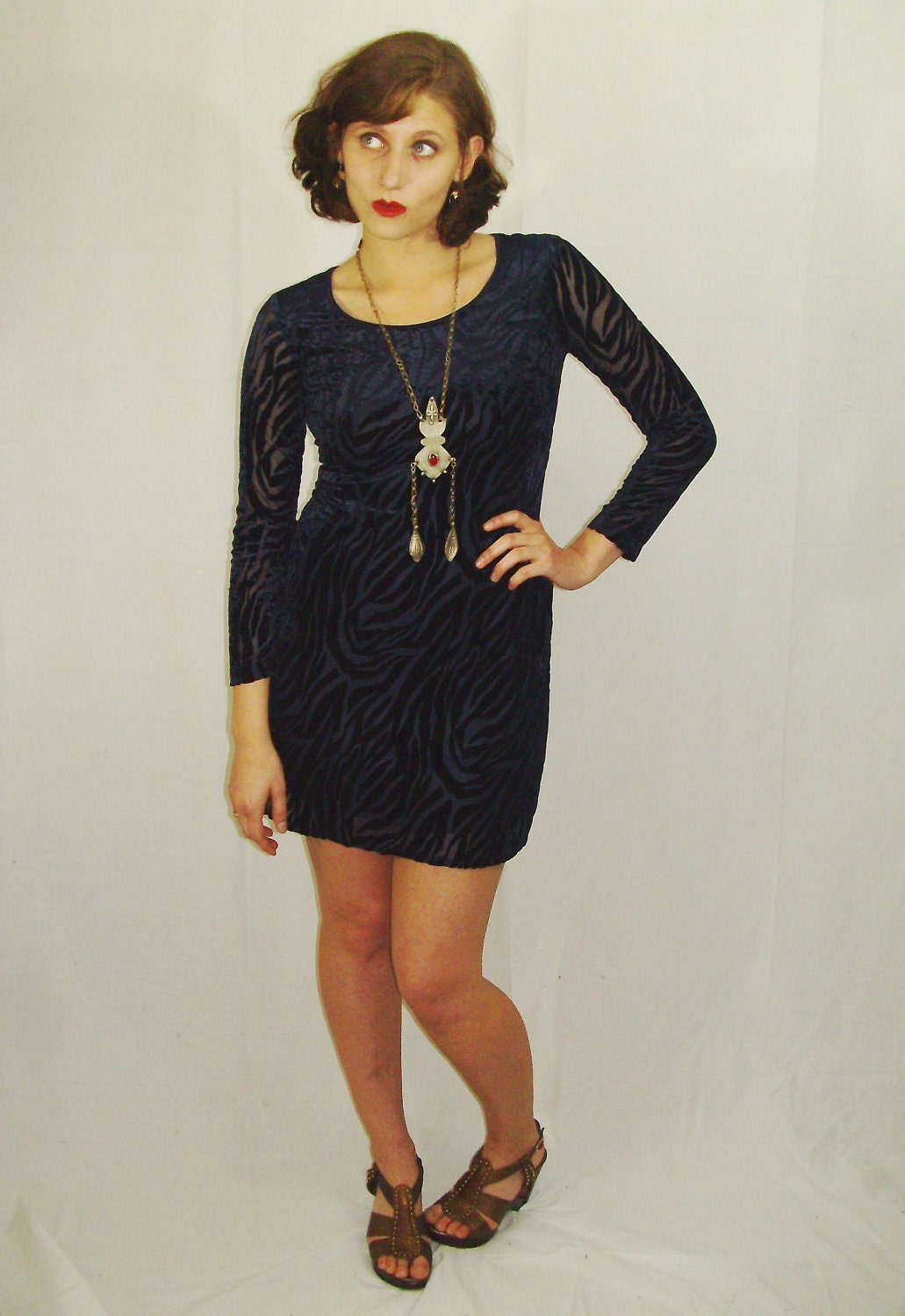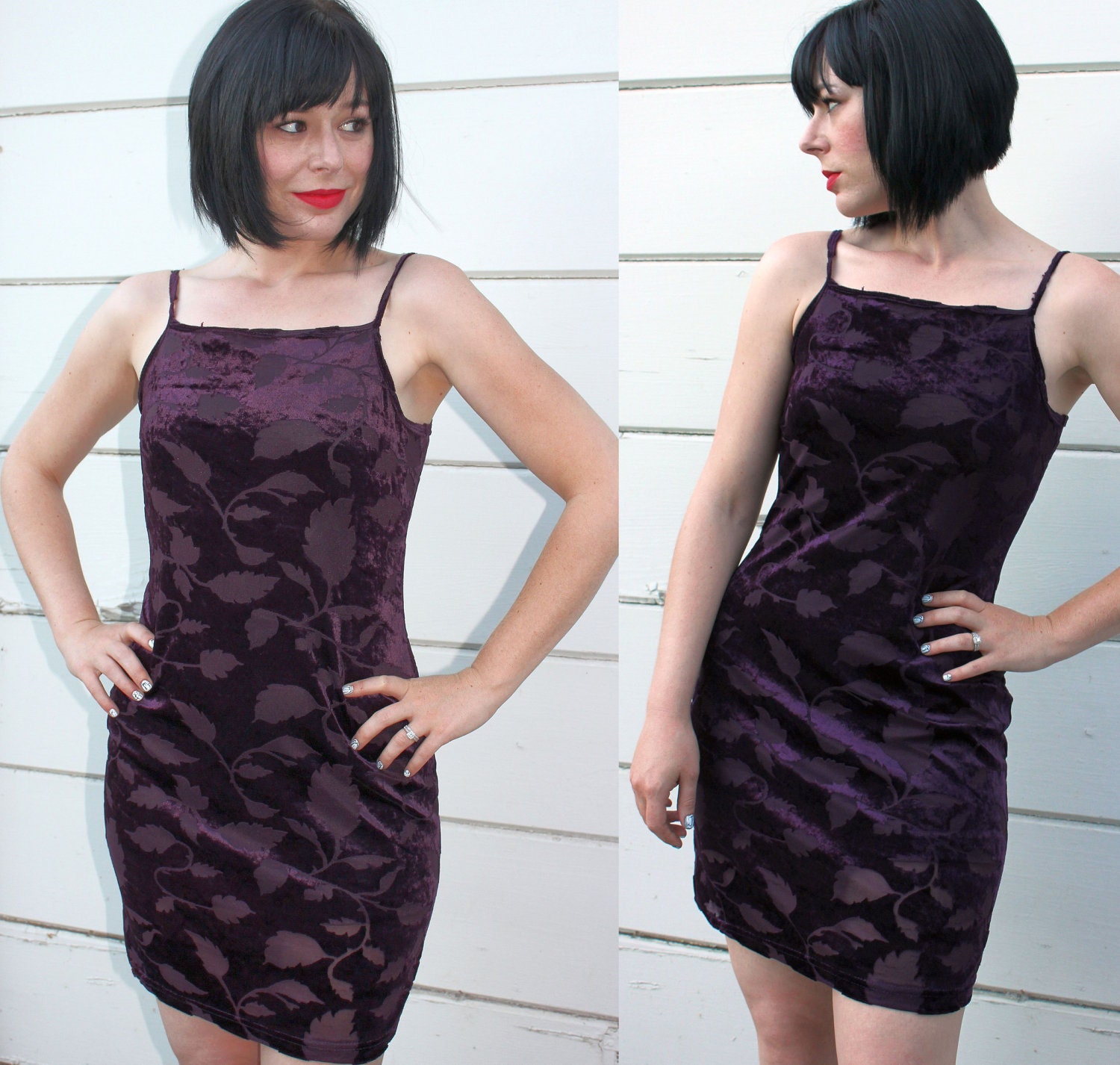Bodice Shoulder
NOTE: If you are not familiar with sewing a fitted bodice, I would suggest sewing the bodice first using a piece of muslin so you get the proper fit before cutting your good fabric.
Like many women who've worked on computers or done other close work their whole life, I have a slight forward shoulder hunch. If your bodices tend to gape open in the front, you probably have a shoulder hunch as well.
There are several fixes for this:
1) Make a dart in the front on either side of the bodice that takes in the pucker. If your fabric is a solid color you will be able to see the darts easily so make sure they are evenly matched.
2) Take an 1/2" - 1 1/2" at a diagonal on the shoulder front (the shorter end of the diagonal should be towards your neck ) and ADD the same amount to the shoulder back--I stuck a post it note to the bodice back (the longer end of the diagonal should be against your neck). It's incredible how this slight adjustment can make a difference in the fit!
 |
| Front bodice is on the left, back bodice is on the right |
Bodice and Skirt
My pattern is a size 14 but I need a 16-18 pattern. If you look at the back of the pattern, a size 14 waist is 28" but I need a 32" waist. So here are my calculations to make this pattern fit:
1) I subtracted the pattern waist size (28 inches) from my waist size (32 inches) and divided by 4
(4 equals the two front side seams and two back side seams).
32 - 28 = 4 divided by 4 = 1 inch
(my waist) (pattern waist) (answer) (4 seams) (add to each seam)
I added 1" to each of the side seams.
Hem
I took off 2" from the length because I am not as tall as the pattern model.
The Fringe for the Sleeves and Hem
I pinned a bit of fringe on the bottom of the fabric to get an idea of what it will look like on the hem, and I think it will be very cute!
I think I will also add fringe to the cap sleeves--which means I need to make a slight adjustment. The directions are to fold the sleeve in half and sew it to the bodice, thus eliminating the need for a hem. My adjustment is this: when I cut the sleeve out, I will add a 1/2" seam allowance to the bottom of the sleeve, sew the fringe to the bottom of the sleeve and then sew the sleeve and the facing at the hem. Voila!
By the way, I couldn't resist, I am so excited about making my dress, I found a hat to match! Now, doesn't this remind you of maybe something that Princess Di would wear? Isn't that exciting about the new royal baby?!
 |
Contrast Trim Organza Hat - Orange |




